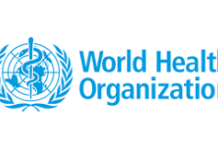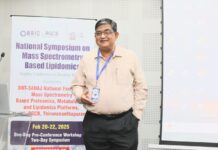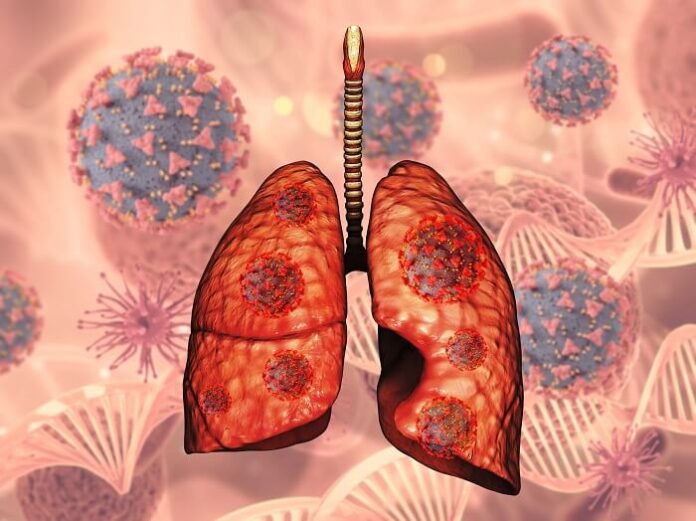Under the leadership of the Prime Minister, aiming to eliminate tuberculosis (TB) in India by 2025—five years ahead of the global target set under the Sustainable Development Goals—the Union Ministry of Health and Family Welfare has approved the implementation of the BPaLM regimen. This new treatment option for Multi-Drug-Resistant Tuberculosis (MDR-TB), part of the National TB Elimination Program (NTEP), offers a more effective and shorter alternative. The regimen includes the newly approved anti-TB drug Pretomanid, used alongside Bedaquiline and Linezolid (with or without Moxifloxacin). Pretomanid has been licensed for use in India by the Central Drugs Standard Control Organization (CDSCO).
The BPaLM regimen, a four-drug combination—Bedaquiline, Pretomanid, Linezolid, and Moxifloxacin—has demonstrated higher efficacy, safety, and quicker results compared to traditional MDR-TB treatments. While older treatments could extend up to 20 months and often came with severe side effects, the BPaLM regimen can treat drug-resistant TB in just six months with a higher success rate. This new approach will benefit approximately 75,000 drug-resistant TB patients in India and also reduce treatment costs.
As reported by expresshealthcare.in, the Department of Health and Family Welfare, in collaboration with the Department of Health Research, validated this new regimen through an extensive review of evidence by local experts. Additionally, a Health Technology Assessment was conducted to ensure the safety and cost-effectiveness of this treatment option for MDR-TB.
This initiative is expected to significantly enhance India’s efforts to meet its TB elimination target. The Central TB Division, under the Ministry of Health and Family Welfare, is working on a nationwide rollout plan for the BPaLM regimen in collaboration with States and Union Territories. This plan includes intensive training for health professionals to ensure the safe and effective use of the new treatment.
























